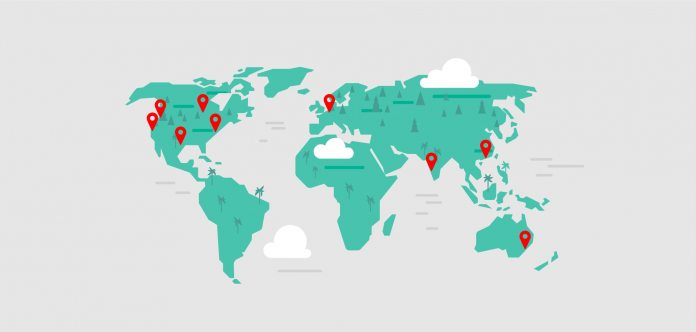Custom Translator has been with use since 2018 as a tool that allows organizations to customize neural machine translation solutions. Baked into Microsoft Translator, the feature functions across speech and text translations.
Microsoft has recently revealed Custom Translator version 2. With this update, the company says the tool offers better results that the launch version. Furthermore, the tool can now train data within the region of choice.
With this launch, Custom Translator is available to enterprise users in Canada, Europe, and Asia Pacific for the first time. It is also expanding to more regions in the US.
“Deploying dictionary files through a Custom Translator model instead of using the dynamic dictionary feature in a Translator API call simplifies the translation process and reduces the maintenance cost. We expect more than 40% of our customers who train dictionary only models would immediately reap the quality improvement of Custom Translator v2 models.”
Details
If you are unfamiliar with Custom Translator, it brings a new way for organizations to add customizations to neural machine translation systems. Organizations can leverage the tool to boost the quality of translations through their own neural models. These models can be developed to host the organizations own pre-translated content.
Below are the core features of the service:
- “Leverage neural machine translation technology: Improve your translation by leveraging neural machine translation (NMT) provided by Custom translator.
- Build systems that knows your business terminology: Customize and build translation systems using parallel documents, that understand the terminologies used in your own business and industry.
- Use a dictionary to build your models: If you don't have training data set, you can train a model with only dictionary data.
- Collaborate with others: Collaborate with your team by sharing your work with different people.
Access your custom translation model: Your custom translation model can be accessed anytime by your existing applications/ programs via Microsoft Translator Text API V3.”






